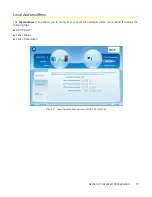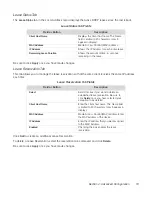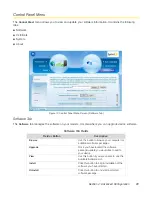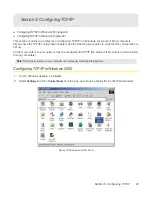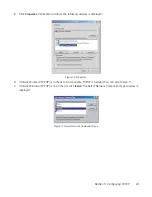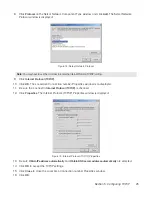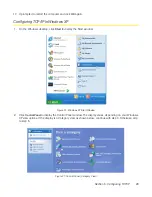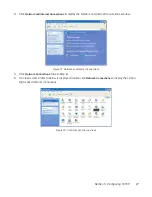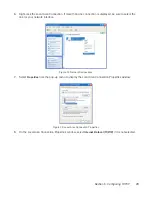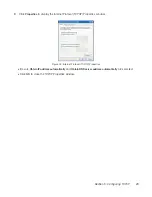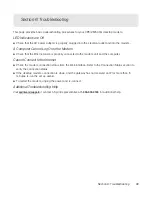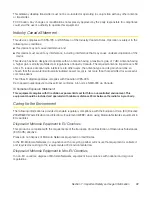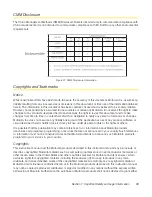
Section 7: Important Safety and Legal Information 31
Your Motorola WiMAX Wireless Broadband Gateway is designed and tested to comply with a number of
national and international standards and guidelines (listed below) regarding human exposure to RF
electromagnetic energy.
This Product complies with the following RF energy exposure standards and guidelines:
䢇
United States Federal Communications Commission, Code of Federal Regulations; 47CFR part 2
sub-part J
䢇
American National Standards Institute (ANSI)/ Institute of Electrical and Electronic Engineers (IEEE)
C95 1-2005
䢇
Institute of Electrical and Electronic Engineers (IEEE) C95.1-1999 Edition
䢇
International Commission on Non-Ionizing Radiation Protection (ICNIRP) 1998
䢇
Ministry of Health (Canada) Safety Code 6. Limits of Human Exposure to Radio frequency Electromagnetic
Fields in the Frequency Range from 3 kHz to 300 GHz, 1999
RF Exposure Compliance and Guidelines Operating Instructions
To comply with FCC RF energy exposure requirements, this Gateway desktop transmitter should be operated
at a minimum separation distance of 20 cm from all persons.
For additional information on exposure requirements or other training information, visit
http://www. motorola.com/rfhealth
.
FCC Regulatory Information
This device complies with Part 15 of the FCC Rules. Operation is subject to the following two conditions: (1)
this device may not cause harmful interference, and (2) this device must accept any interference received;
including interference that may cause undesired operation.
This equipment has been tested and found to comply with the limits for a Class B digital device pursuant to
Part 15 of the FCC rules. These limits are designed to provide reasonable protection against harmful
interference in a residential installation. This equipment generates, uses, and can radiate radio frequency
energy and, if not installed and used in accordance with the instructions, may cause harmful interference to
radio communications.
However, there is no guarantee that interference will not occur in a particular installation. If this equipment
does cause harmful interference to radio or television reception, which can be determined by turning the
equipment off and on, the user is encouraged to try to correct the interference by one of the following
measures:
䢇
Reorient or relocate the receiving antenna.
䢇
Increase the separation between the equipment and receiver.
䢇
Connect the equipment into an outlet on a circuit different from that to which the receiver is connected.
䢇
Consult the dealer or an experienced radio/TV technician for help.
Section 7: Important Safety and Legal Information

